Are you looking for ways to improve the efficiency and safety of your commercial vehicle fleet? Let’s get you some expert truck fleet management tips: start reducing costs, prevent downtime, and ensure timely deliveries, all while complying with regulations.
By following proven fleet management strategies, you can keep your trucks running smoothly, maintain compliance, and avoid operational disruptions.

1. Integrate Predictive Maintenance Using Telematics
Instead of relying solely on traditional scheduled maintenance, consider integrating predictive maintenance powered by advanced telematics systems like Samsara and Geotab. These platforms monitor vehicle performance in real-time, tracking engine health, brake wear, and fuel efficiency. For instance, Samsara uses real-time GPS and engine diagnostics to detect early signs of mechanical issues before they lead to costly breakdowns. Meanwhile, Geotab offers deep analytics that predict maintenance needs by monitoring engine performance, fuel consumption, and wear-and-tear patterns.
By leveraging these insights, you can optimize repair scheduling, minimize downtime, and extend the lifespan of your vehicles. This data-driven approach improves reliability, reduces operational costs, and ensures your fleet remains in peak condition.
2. Optimize Route Planning
Efficient routing is key to reducing fuel costs and improving delivery times. Use advanced route planning software to minimize unnecessary mileage and avoid traffic. Optimized routes not only save on fuel but also ensure timely deliveries, which is an essential fleet management best practice for customer satisfaction.
- Incorporate weather forecasting: Factoring in weather conditions can help avoid delays due to storms or hazardous driving conditions.
- Use dynamic routing: Adjust routes on the fly based on real-time changes in traffic, vehicle availability, and delivery schedules to ensure the most efficient use of resources.
- Consider load balancing: Distribute deliveries to maximize vehicle capacity, reducing the number of trips needed and cutting fuel costs.
- Monitor driver behavior: Encourage drivers to follow optimized routes and minimize idling through telematics tools, further improving fuel efficiency.
By focusing on these factors, you can ensure your fleet operates at peak efficiency, improving both your bottom line and customer satisfaction.
3. Use Predictive Tracking to Preempt Delays and Optimize Fleet Efficiency
Real-time tracking has evolved beyond simple location monitoring. By integrating predictive tracking into your fleet management strategy, you can anticipate potential delays and optimize operational efficiency before issues arise. Predictive tracking uses historical traffic data, weather conditions, and real-time analytics to forecast possible disruptions and adjust routes proactively.
- Preempt delivery delays: Automatically reroute vehicles based on real-time data and predictive analytics to ensure on-time deliveries.
- Optimize fuel efficiency: Analyze road conditions and driver behavior to identify the most fuel-efficient routes, reducing costs across the board.
- Enhance driver safety: Use predictive tracking to avoid hazardous conditions like severe weather or high-traffic zones, keeping your drivers safer on the road.
4. Train Drivers on Safety and Compliance
Your drivers are the backbone of your fleet operations. Provide regular training on safety protocols, defensive driving, and regulatory compliance. Well-trained drivers reduce the risk of accidents, improve fuel efficiency, and ensure compliance with DOT regulations, safeguarding your business from costly penalties.
If you need professional support to move trucks across states while ensuring safety and compliance, ATC offers expert, reliable transport services. Let us handle your fleet with precision and care. Contact ATC today for a quote and experience seamless cross-state fleet relocation.
5. Monitor Fuel Usage
Fuel is one of the largest expenses for fleet operations. Implement systems to monitor and analyze fuel consumption. Encourage fuel-efficient driving habits, such as reducing idling time and maintaining steady speeds. Monitoring fuel usage closely helps you identify inefficiencies and lower operational costs.
6. Establish a Driver Accountability Protocol with Performance Reviews
One of the most effective fleet management tips is to implement a driver accountability protocol that includes detailed performance reviews. This protocol goes beyond basic vehicle checks to monitor driver efficiency, safety practices, and schedule adherence. For example, set up quarterly performance evaluations where drivers are assessed on:
- Fuel Efficiency: Monitor how well drivers implement fuel-saving practices like reducing idling and maintaining optimal speeds. Provide incentives for those who consistently perform well.
- Delivery Timeliness: Track each driver’s ability to meet delivery schedules and adjust routes in real-time. Recognize drivers who consistently hit or exceed on-time delivery goals, a crucial factor in effective fleet management.
- Safety and Compliance: Evaluate drivers’ adherence to safety protocols, such as hours of service compliance, and reward those who maintain clean safety records.
- Tie these reviews to a reward system, providing bonuses or incentives for top-performing drivers. This protocol encourages better driving habits and improves overall fleet performance, making it an essential part of your fleet management tips strategy.
7. Maintain Vehicle Compliance with Regulatory Standards
One of the most critical fleet management tips is ensuring that your vehicles comply with federal and state regulations to avoid legal complications and operational delays. This goes beyond driver compliance—your vehicles themselves must meet specific standards. Regularly inspect and document compliance in areas such as:
- Federal Motor Carrier Safety Regulations (FMCSRs): These regulations cover vehicle maintenance standards, including brakes, lighting, and suspension systems. Ensure your vehicles meet FMCSR requirements to avoid penalties during roadside inspections.
- Environmental Protection Agency (EPA) Emission Standards: Your fleet must comply with emission regulations to reduce environmental impact. Regularly inspect and maintain exhaust systems to ensure they meet EPA standards and implement emission reduction technologies if necessary.
- Department of Transportation (DOT): Vehicles need to pass regular DOT inspections, which verify safety standards. Keep up with scheduled inspections, focusing on components like brakes and tires to avoid fines or downtime.
By proactively maintaining vehicle compliance, you can ensure smooth operations and prevent costly legal issues. For expert assistance in managing your fleet’s compliance and inspection needs, contact ATC for professional fleet management solutions.
8. Leverage Data Analytics
Data analytics can provide valuable insights into fleet performance. By analyzing trends in vehicle usage, fuel consumption, and maintenance, you can make informed decisions to improve efficiency. Analytics tools help you predict maintenance needs and optimize your fleet’s overall performance.
9. Focus on Driver Retention
High driver turnover can disrupt your fleet operations. Foster a positive work environment by offering competitive pay, benefits, and opportunities for professional growth. A satisfied, loyal driver workforce is more likely to stay with your company, reducing recruitment and training costs.
10. Partner with a Reliable Transportation Service
When you need to move vehicles quickly and safely, partnering with a reliable transportation provider is essential. ATC offers expert fleet transport solutions, ensuring that your trucks are delivered on time and in pristine condition. Ready to simplify your fleet logistics? Reach out to ATC today for a quote!
Efficient fleet management is key to running a successful trucking operation. By implementing these 10 tips, you can improve operational efficiency, reduce costs, and ensure timely deliveries. Looking to optimize your fleet management further? Contact ATC to learn how our expert services can streamline your vehicle logistics and keep your business moving forward.













